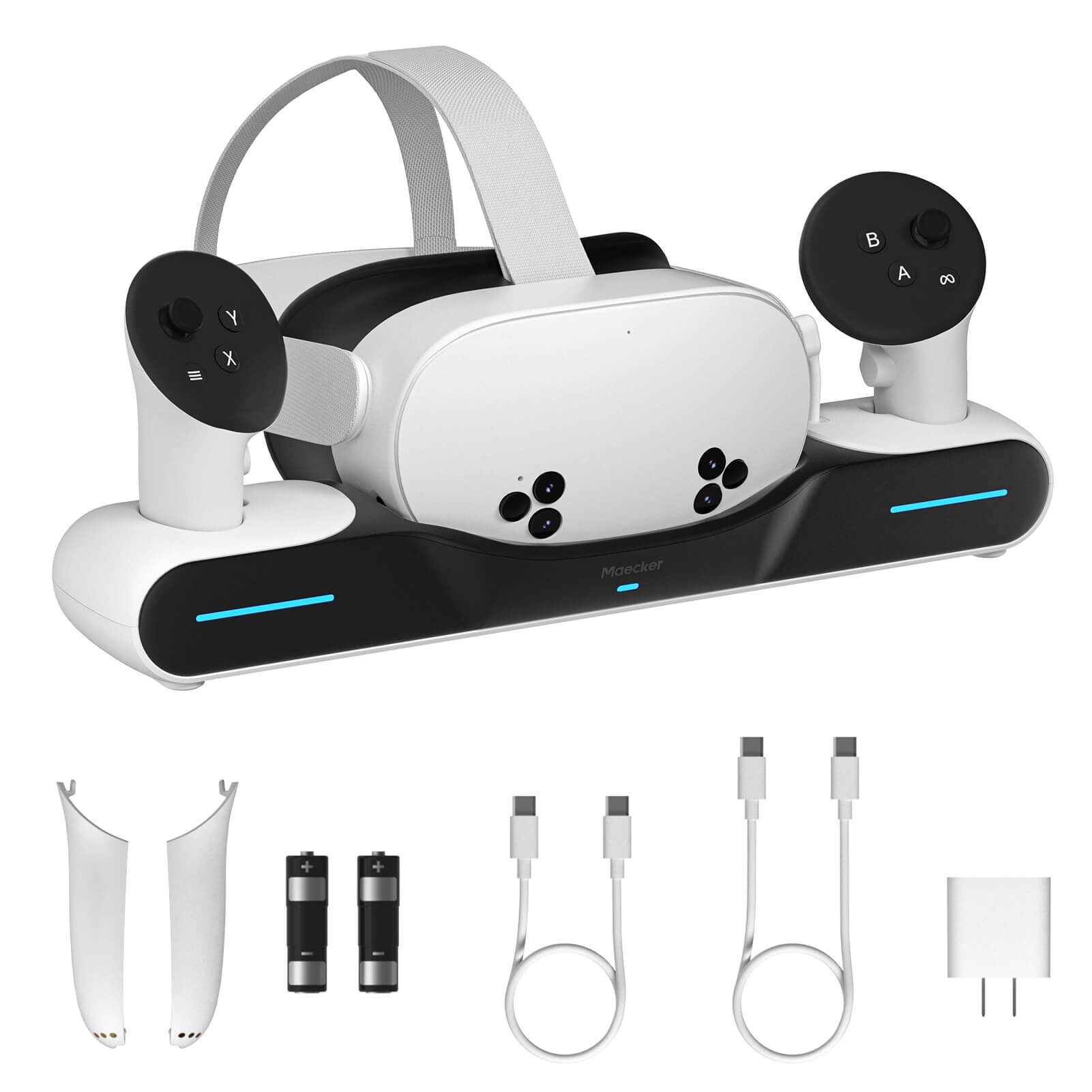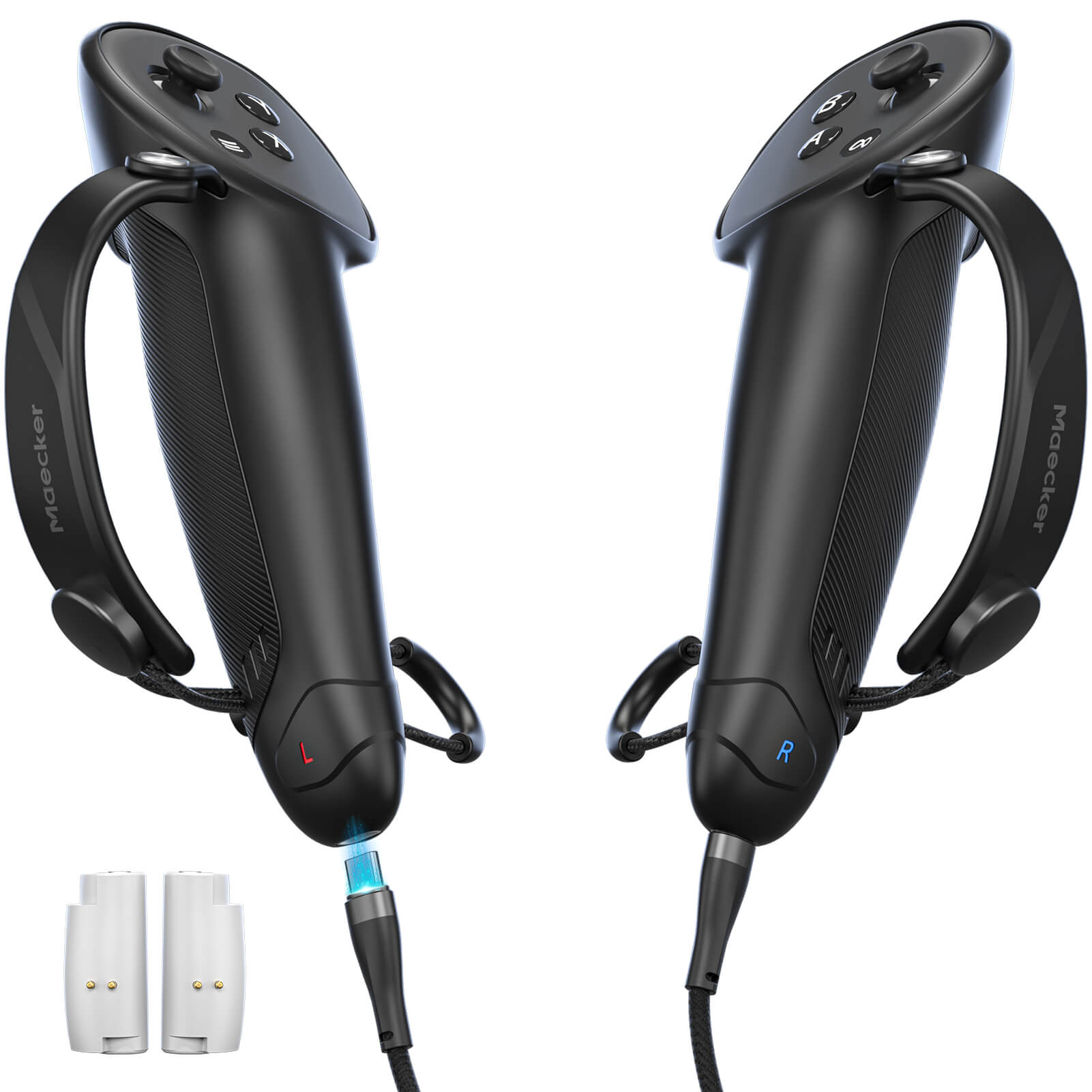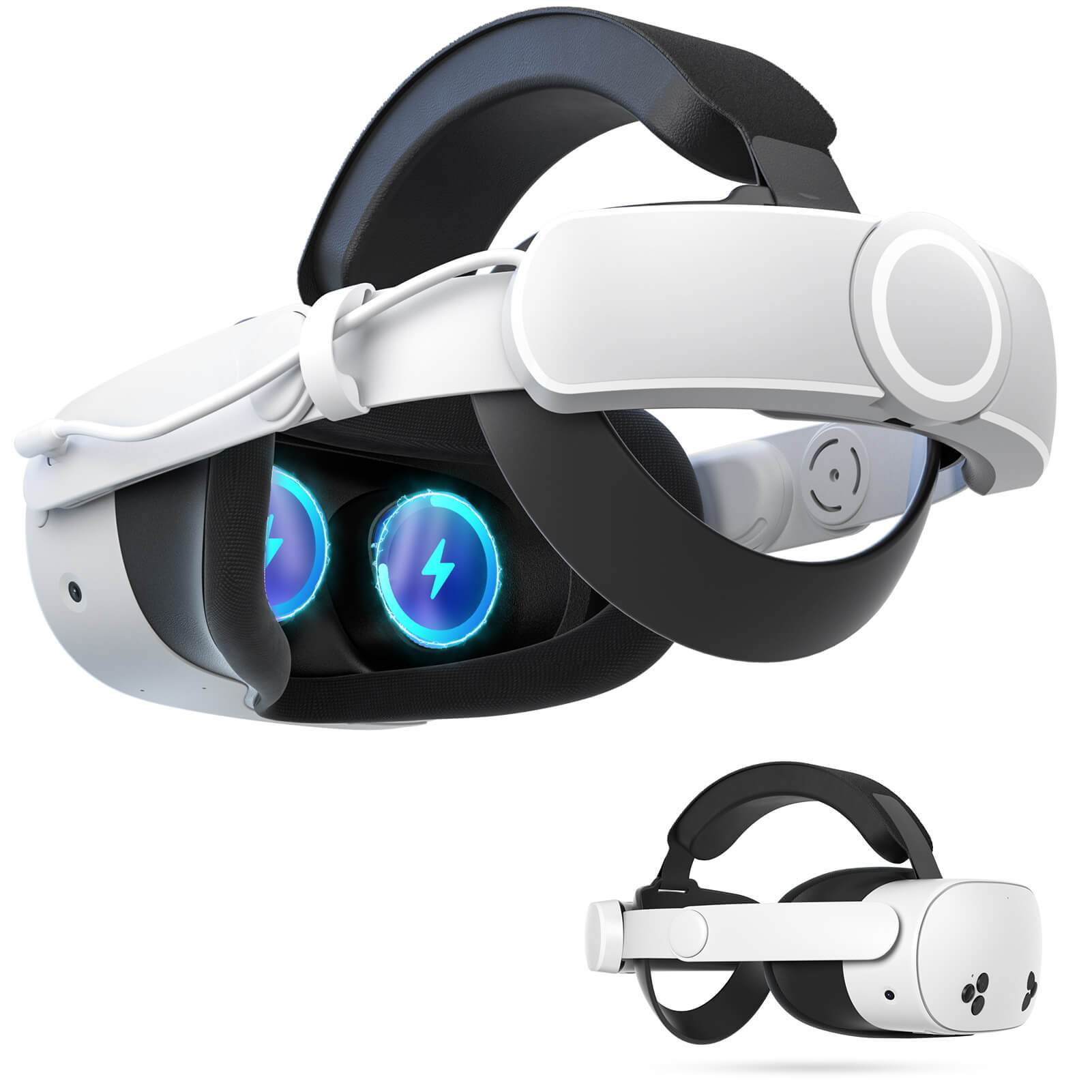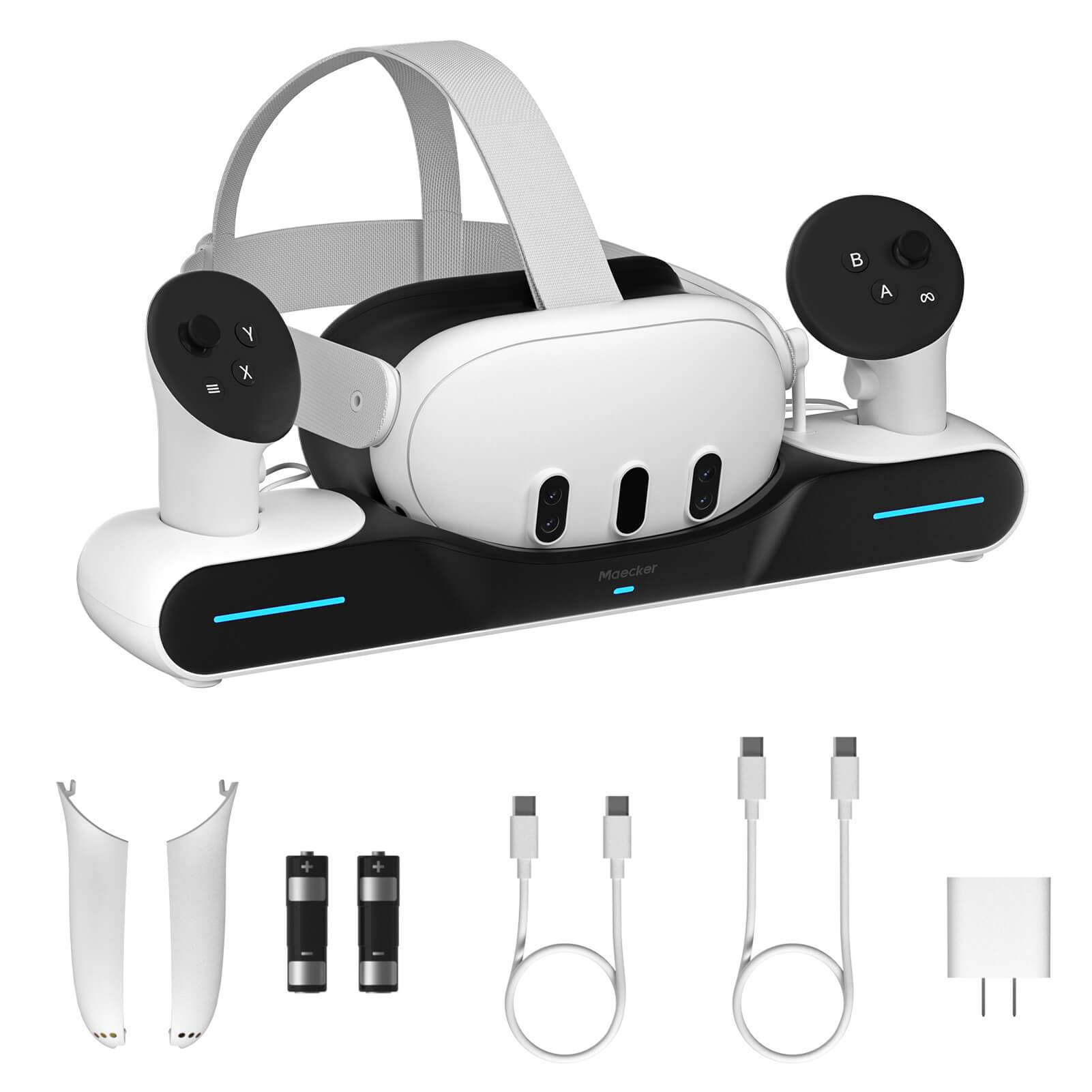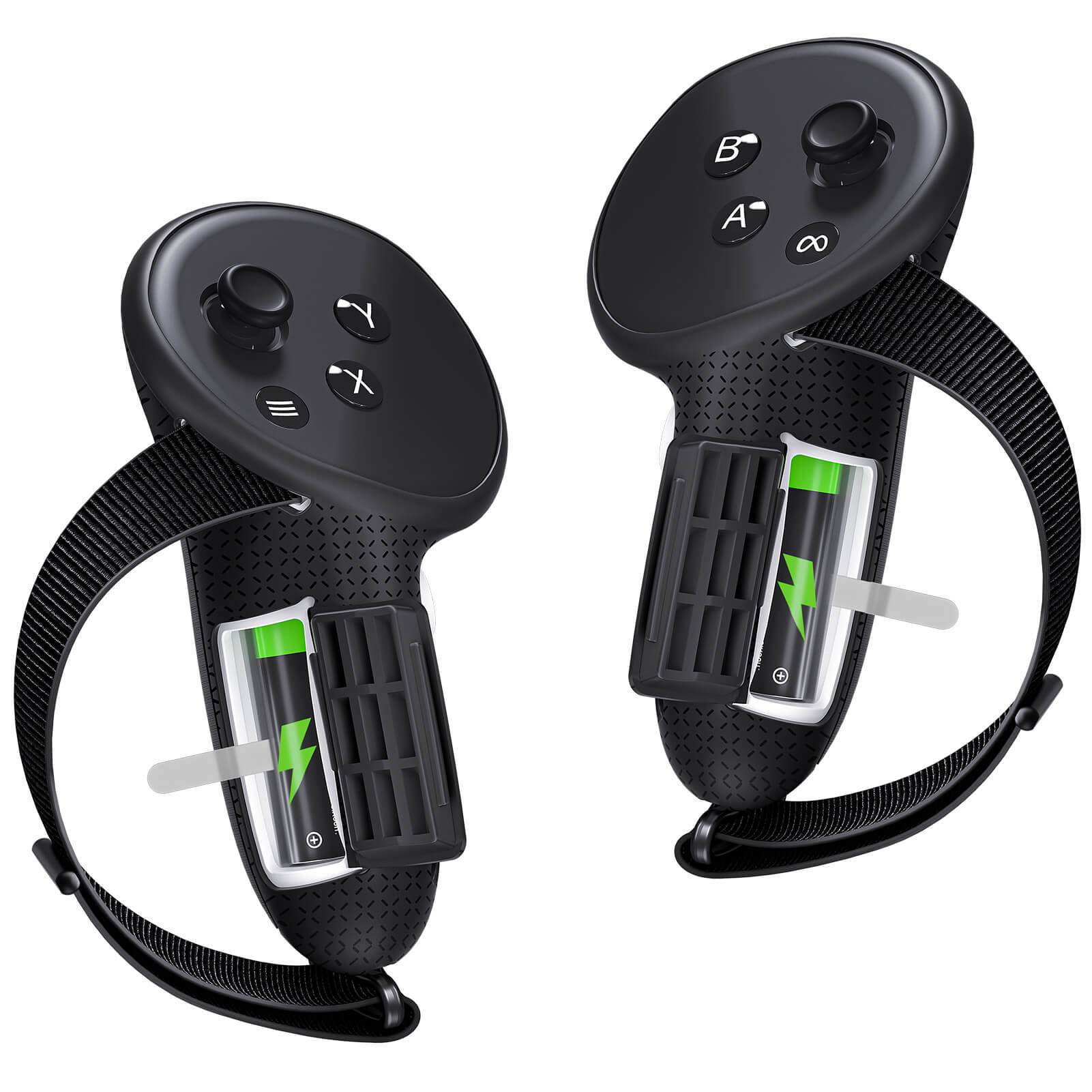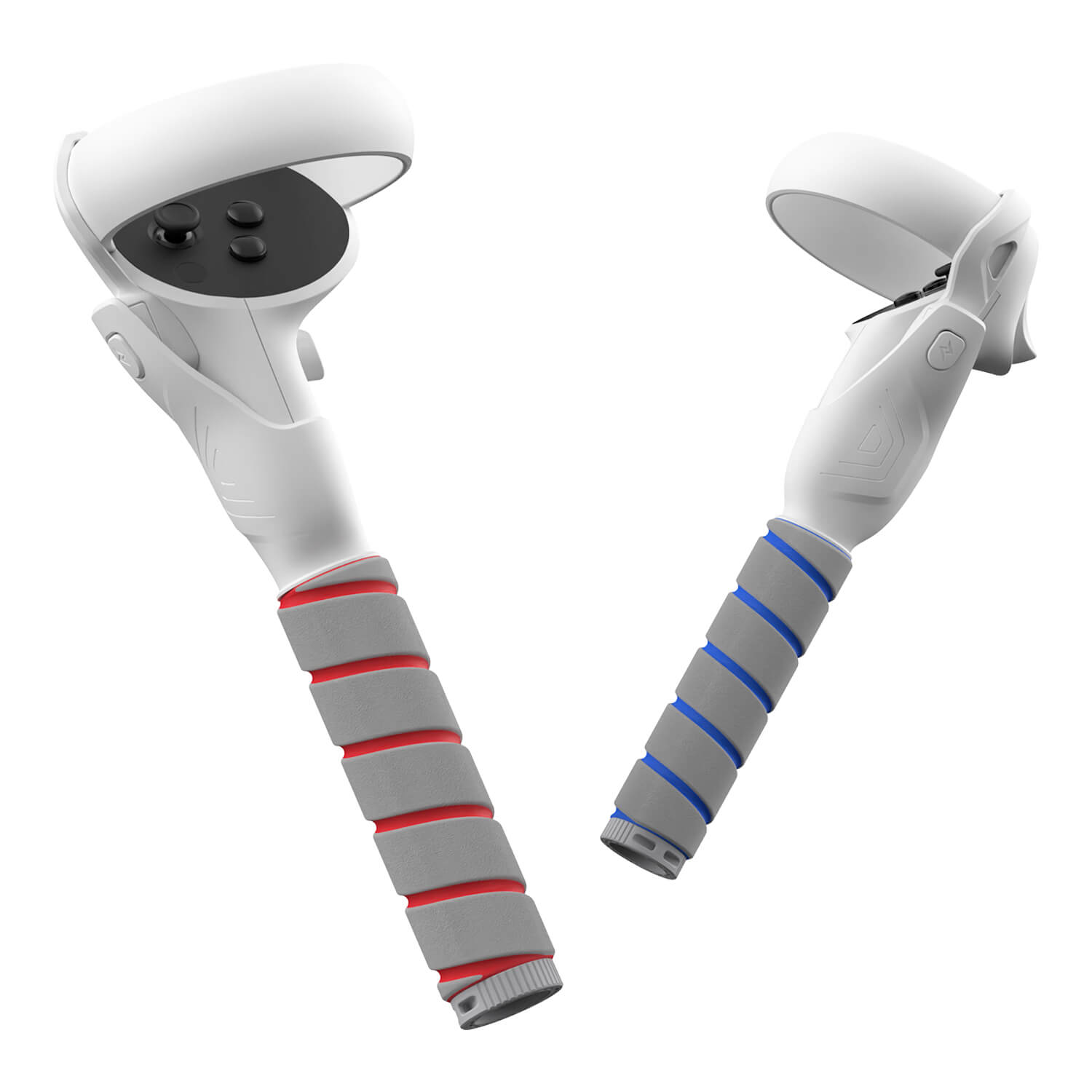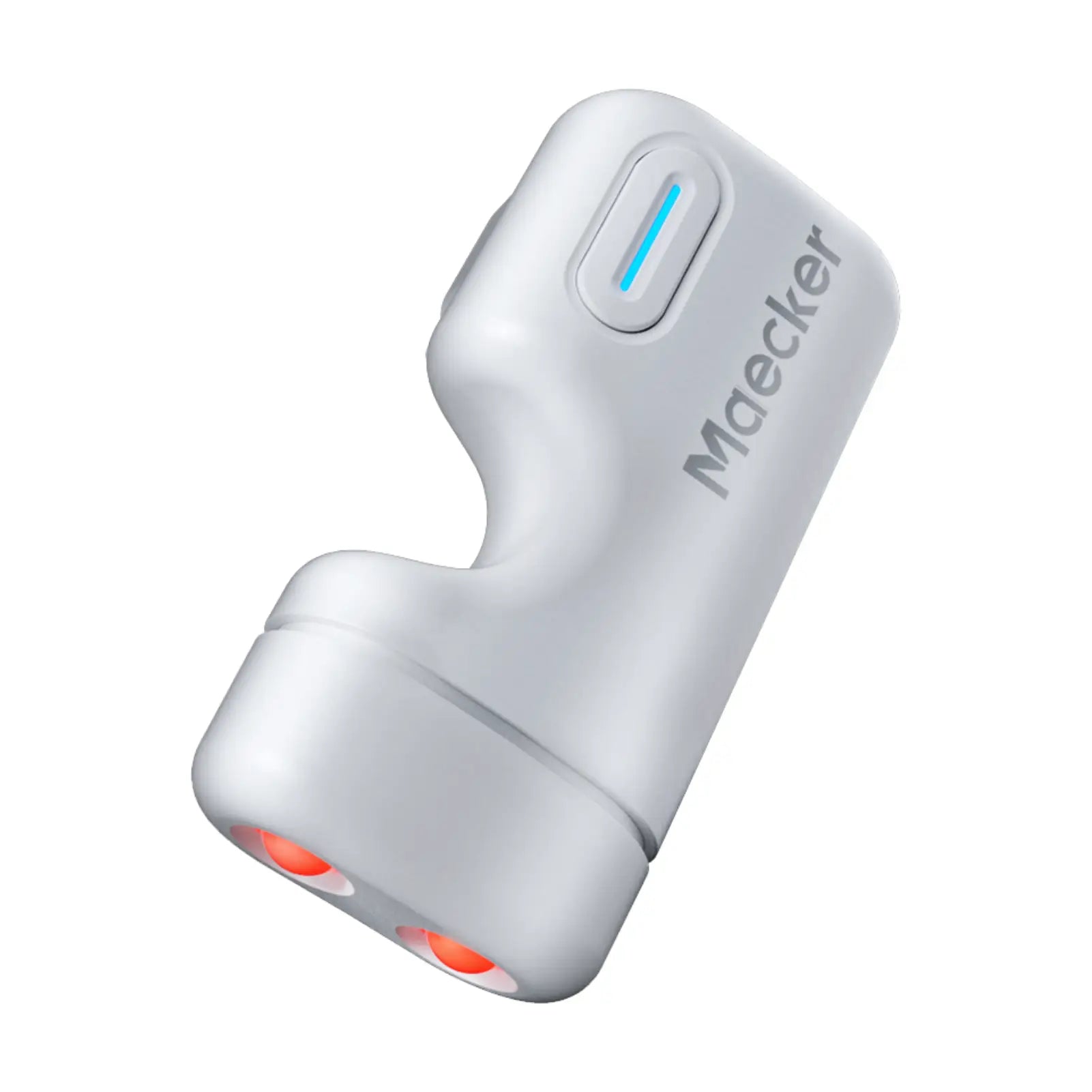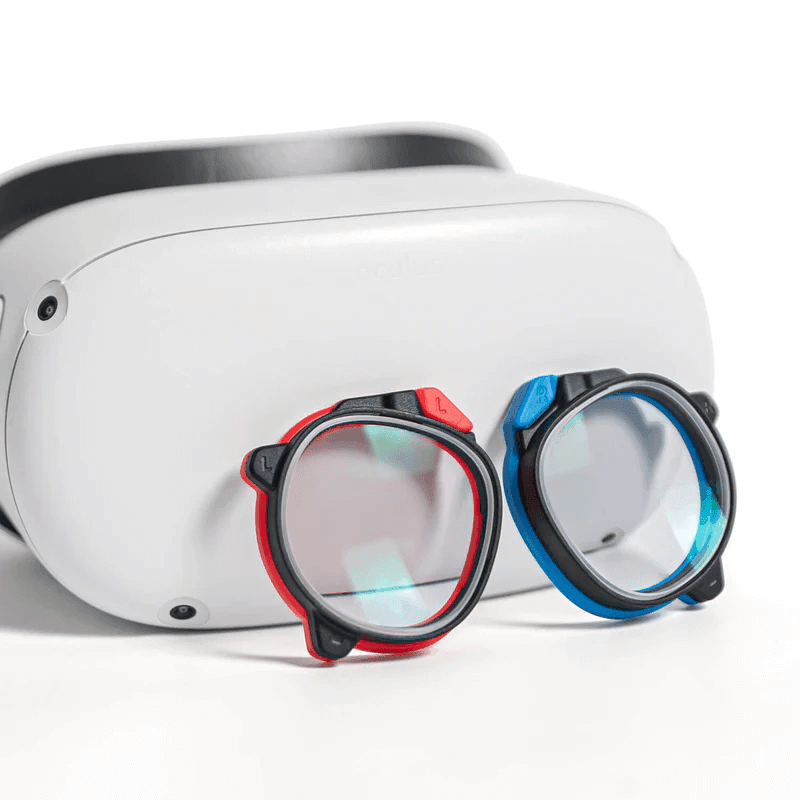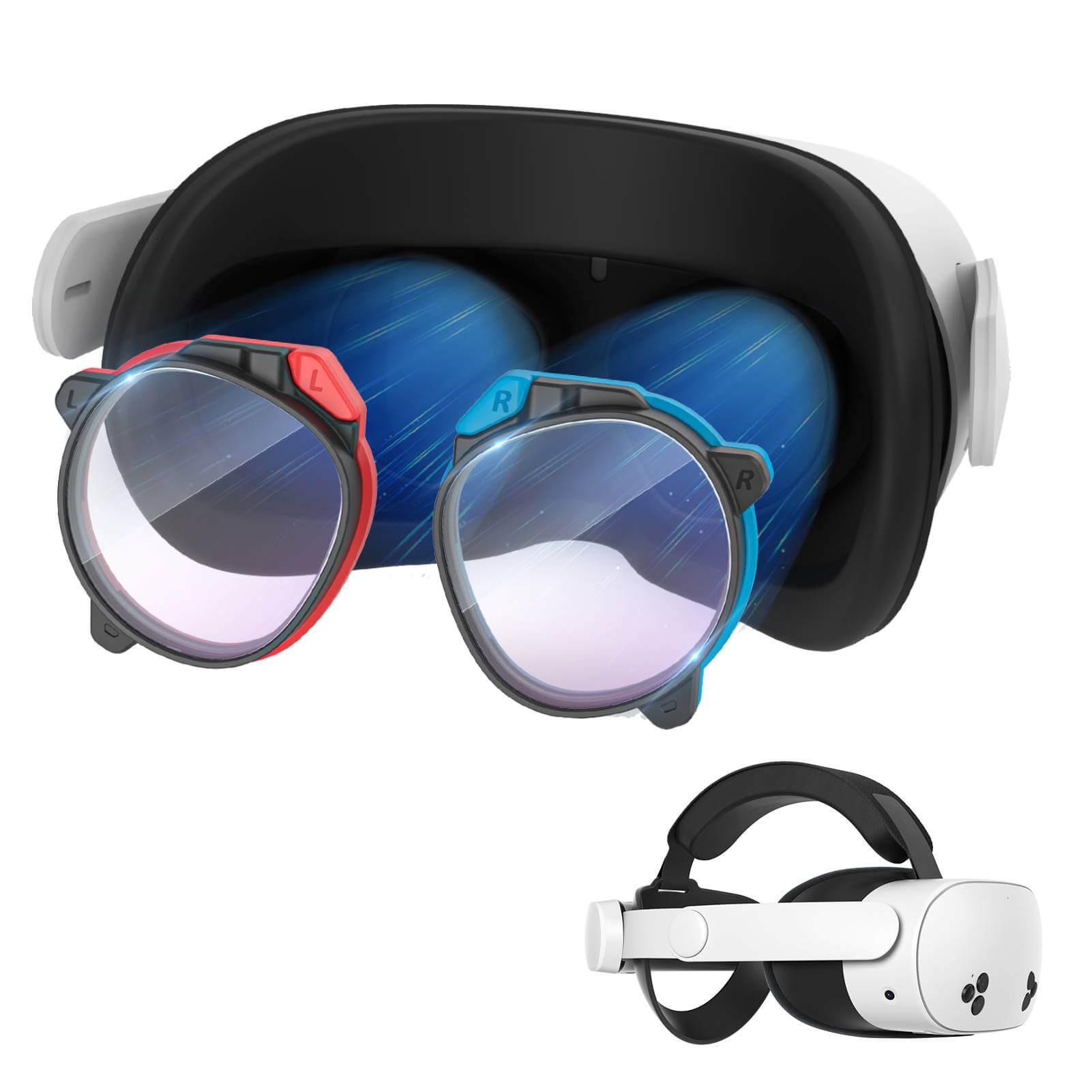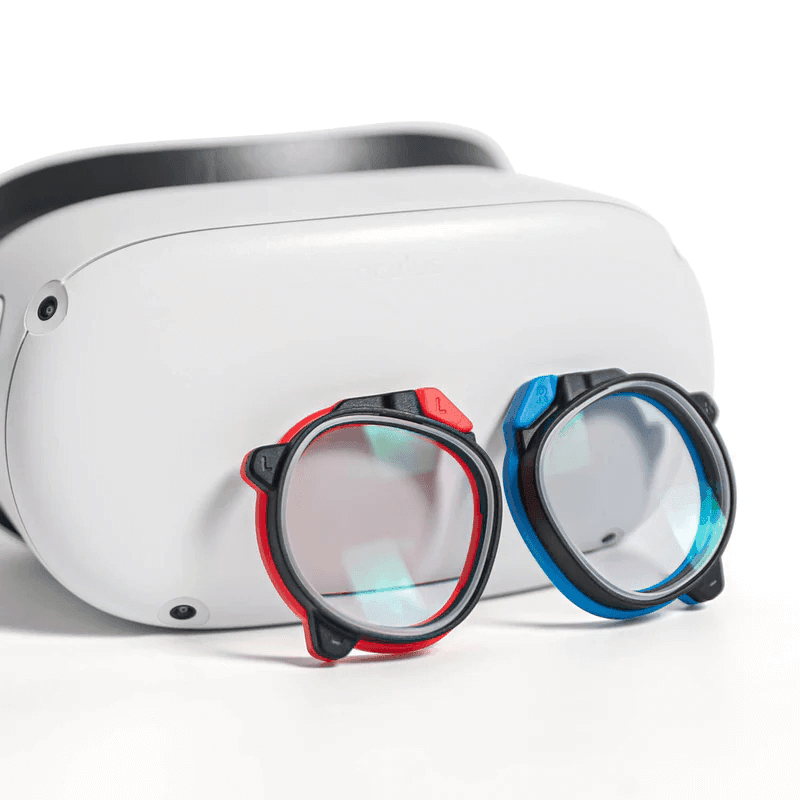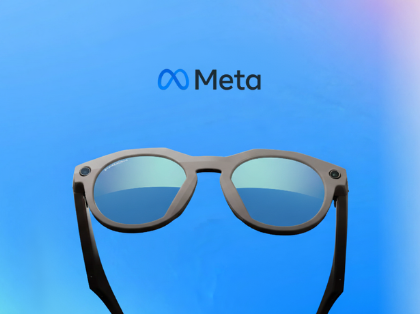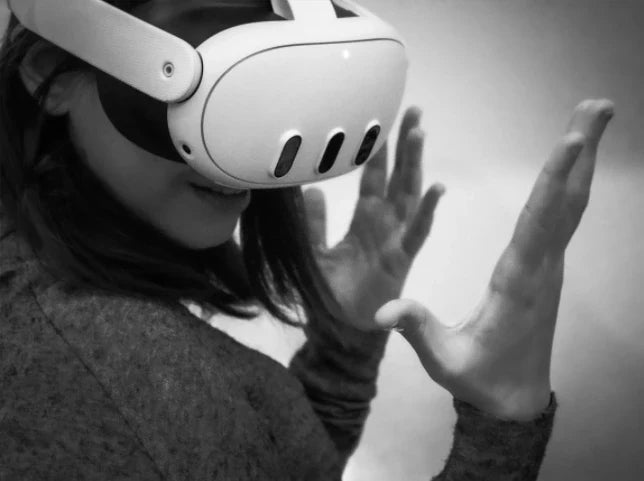- 👓 Smart glasses with built-in displays unveiled at Meta Connect 2025.
- ✋ Control with hand gestures using the Neural Band.
- 🏃♂️📱💼 Designed for sports, daily life, and work.
- ⚡⏱️🔒💰 Ecosystem growing, but battery, comfort, privacy, and price are still challenges.
For years, smart glasses have been teased as the next big thing — devices that could replace smartphones and bring digital content right into our daily lives. At Meta Connect 2025, we got a clearer picture of how that future might look.
Meta unveiled several new products, from Ray-Ban smart glasses with built-in displays to gesture-controlled wristbands and sporty Oakley glasses for outdoor enthusiasts. The message was clear: Meta wants to move us beyond phones and toward a world where AI-powered glasses are part of everyday life.
Here’s a closer look at what stood out, and what it means for the future.
Visual Display: Information Right in Front of Your Eyes
The star of the show was the Ray-Ban Meta Display — the first pair of Ray-Ban glasses with an integrated color HUD (heads-up display). Unlike earlier models that focused on taking photos or streaming music, these glasses can actually show information directly on the lens.
 Image source: Meta
Image source: Meta
That means you can check directions while biking, see instant translations during a trip abroad, or view notifications without pulling out your phone. It’s a step toward making digital overlays a seamless part of daily life.
Of course, the big questions remain: how comfortable will it be to wear for hours, and will the display be bright and clear in different lighting conditions? Those details will matter just as much as the tech itself.
Gesture Interaction: Control Without a Screen
Alongside the new glasses, Meta introduced the Neural Band — a wristband that picks up tiny electrical signals from your hand and fingers. This allows you to control your glasses with subtle gestures, like pinching your fingers together to scroll, or moving your hand slightly to type in mid-air.
It might sound futuristic, but the appeal is obvious: no need to fumble with tiny buttons or rely on voice commands in public. Instead, you get a natural, hands-free way to interact with digital content.
This kind of gesture-based control could be a game-changer. If it works smoothly, it could make smart glasses feel less like a gadget and more like a natural extension of your daily routine.
Scenario-Based Applications: Not Just a Tech Demo
 Image source: Meta
Image source: Meta
One of the big differences at Meta Connect 2025 was the emphasis on specific use cases. Instead of showing off futuristic concepts, Meta positioned its products around real-life scenarios:
- Sports & Outdoors: The Oakley Meta Vanguard is designed for athletes and fitness fans. It has a central camera, water resistance, and integrates with apps like Strava to track performance. Cyclists or runners can record their sessions hands-free and view live stats during a workout.
- Everyday Life: Ray-Ban smart glasses are positioned as stylish, practical tools for daily use. Whether you’re answering a call, checking directions, or capturing a quick photo, they’re designed to be worn comfortably outside of “techy” settings.
- Professional Settings: The idea of hands-free displays also has potential in industries like logistics, healthcare, or travel, where quick access to information without a phone or laptop could make tasks more efficient.
By highlighting these scenarios, Meta made the case that smart glasses aren’t just experimental gadgets anymore — they’re edging closer to practical, everyday tools.
Ecosystem: Promising but Still Semi-Mature
Hardware is only one piece of the puzzle. For smart glasses to succeed, they need a robust software ecosystem. Meta is building this through its Horizon OS, AI-powered assistants, and integrations with apps like WhatsApp and Instagram.
That said, the ecosystem is still semi-mature. There are clear gaps:
- Battery life is limited, especially when powering displays and cameras.
- Comfort is an open question — glasses need to feel light enough for long wear.
- Privacy concerns linger when people wear always-on cameras in public.
- Price remains a barrier, with the Ray-Ban Meta Display starting at $799.
Meta is taking steps in the right direction, but mass adoption will depend on solving these challenges.
What It Means for Users and the Industry
For early adopters, Meta’s latest glasses represent an exciting chance to test the future. They’re stylish, powerful, and packed with features that hint at a life less tethered to smartphones.
For the average consumer, however, the technology might not feel “ready” just yet. High prices, battery concerns, and the lack of must-have apps could slow adoption.
For the industry as a whole, Meta’s push is significant. It signals that the race toward AI + AR wearables is heating up. Apple, Google, and others are watching closely, and competition will likely drive rapid improvements in both hardware and software.
Conclusion
Meta Connect 2025 gave us a glimpse of what’s next: visual displays that bring information to your eyes, gesture interactions that free you from screens, real-world scenarios that show practical value, and an ecosystem that’s powerful but still maturing.
The takeaway? Smart glasses are no longer a distant dream. They’re becoming real products you can buy — even if they’re not quite ready to replace your phone.
It’s a reminder that we’re at the start of a new era in personal tech. Just as smartphones once redefined daily life, smart glasses could one day become just as common. With Meta taking bold steps forward, the journey has officially begun.

